Fendi Logo Design: History & Evolution

Image Source: https://www.fendi.com/ | Image Courtesy: Fendi
Dive deep into the luxurious world of fashion, and you'll invariably encounter the iconic Fendi logo design. A symbol of opulence, craftsmanship, and timeless Italian elegance, this logo has graced many a fashion runway and adorned countless handbags, drawing admiration and desire. Yet, have you ever paused to consider the story behind this emblem? Behind each curve, line, and color of the Fendi logo is a rich tapestry of history, vision, and artistry.
Whether you're a fashion aficionado, a budding designer, or simply curious, journey with us as we unravel the evolution and history of the Fendi logo design. With every stitch and sketch, there's a tale waiting to be told, and we're here to share it with you. Get ready to step into a world where fashion meets art, and where design becomes a legacy.
Fendi Logo Design History
1925 - 1965
Stepping back to 1925, the world of high fashion was graced with the inception of the Fendi brand, and with it came the earliest iteration of the Fendi logo design. This was a time when fashion was redefining itself, and Fendi’s emblem was no exception.
At its core, the logo from this period was a harmonious blend of simplicity and sophistication. The logotype, positioned carefully beneath the brand's emblematic image, boasted all capital letters. Crafted in a strict sans-serif typeface, it echoed a sense of elegance and modernity that was rapidly becoming synonymous with the Fendi name. This was not just any typeface; its geometric form and crisp edges gave it a definitive character, one that perfectly captured the zeitgeist of the era.
But what truly set this design apart was the ‘1925’ date mark, acting as a tagline. More than just a mere representation of the brand's inception year, this date mark anchored the logo in its rich history, offering a subtle nod to the brand’s roots and legacy.
Now, let's talk about the color palette. The choice of turquoise blue for the inscriptions was nothing short of genius. Against the backdrop of light yellow wrapping paper, which was a trademark of Fendi's packaging during this period, the turquoise blue didn't just stand out; it made a statement. It whispered of Mediterranean seas and sun-kissed Italian summers, effortlessly evoking a sense of luxury and sophistication.
Between 1925 to 1965, this Fendi logo design became a beacon in the fashion industry. It wasn't just a brand identifier; it was a symbol of Fendi's unwavering commitment to quality, craftsmanship, and, most importantly, its connection to a legacy that began in 1925.
By pairing traditional elements like the date mark with modern design features, Fendi managed to create an emblem that was both rooted in its past and looking forward to the future. It’s a testament to how a well-thought-out design, even one as seemingly simple as a logo, can tell a rich and compelling story.
So, the next time you come across a vintage Fendi piece from this era, take a moment to appreciate not just its craftsmanship but also the emblem it bears - a snapshot of the brand's evolution and a nod to its illustrious past. Because, as we've discovered, the journey of the Fendi logo design between 1925 and 1965 was as fascinating as the fashion house itself.

Image Courtesy: Fendi
1965 - 2000
The latter half of the 20th century was an exhilarating time for the Fendi brand, particularly marked by a significant turning point in 1965. Enter Karl Lagerfeld, a name now inextricably linked with the world of high fashion and the Fendi legacy. As soon as Lagerfeld joined the Fendi label, the Fendi logo design saw an evolution that would mark its identity for decades to come.
Imagine the genius and audacity it takes to sketch an iconic symbol in mere seconds. That's precisely what Lagerfeld did. With a few swift strokes, the “FF” symbol was born. It wasn't just a new logo; it was a declaration, a bold statement of luxury and exclusivity. The intertwining 'F's became a representation of the brand's commitment to fashion-forward thinking and timeless design. Whenever the fashion world saw those two letters, they immediately knew: this was Fendi, redefined.
Yet, the innovation didn't stop at the “FF”. Beneath this newly minted emblem was the Fendi logotype, an essential anchor connecting the brand's past to its vibrant present and future. Lagerfeld's vision for this was clear: bold and straightforward. Rendered in a tall, solid, and straight sans-serif typeface, the black logotype was a stark contrast to its predecessor. It had an undeniable modern flair, with each letter standing tall, as if echoing Fendi's rising stature in the fashion realm.
Between 1965 and 2000, this Fendi logo design became a universal symbol of opulence and luxury. Lagerfeld’s “FF” and the revamped logotype could be seen gracing storefronts from Milan to Tokyo, adorning handbags, scarves, and more, marking them as undisputed tokens of high fashion. With every piece it adorned, the logo told the world: this wasn't just fashion; it was Fendi.
What's incredibly captivating about this era in the Fendi logo design journey is how it seamlessly blended tradition with innovation. While paying homage to its roots, Fendi, under Lagerfeld's guidance, was never afraid to pivot, adapt, and be a trendsetter.
So, as we reminisce about the Fendi logo's trajectory between 1965 and 2000, it's not just about aesthetics or typography. It's a narrative of a brand willing to evolve, of a genius designer's vision, and of a logo that encapsulated it all. Lagerfeld's influence on the Fendi logo design is a testament to how a symbol can shape a brand's identity and leave an indelible mark on the world of fashion.

Image Courtesy: Fendi
2000 - 2013
The dawn of the new millennium ushered in changes for many, and the fashion powerhouse, Fendi, was no exception. With the turn of the century, the Fendi logo design too embarked on a fresh journey, marking an era where minimalism blended with opulence.
One of the most noticeable shifts in this period was the strategic decision to retire the iconic “FF” symbol from the official logo. Instead of being front and center, the “FF” motif found its new home gracing Fendi’s fabrics and leather goods, subtly signifying the brand's presence and legacy. It was a bold move, stepping away from a symbol as recognisable as the “FF”, but in doing so, Fendi showcased its ability to continually redefine itself.
As for the brand's visual identity, simplicity took center stage. Gone were the intricate designs, replaced with a singular capitalized inscription that exuded elegance. This inscription, crafted in a sophisticated sans-serif typeface, became the beacon of Fendi's new era. Each letter stood tall, exuding confidence and luxury.
But the true magic lay in the spacing. Despite the boldness of the letter-lines, the generous space between each letter gave the logo an airy feel, a sense of breathability. It was this masterful interplay of thick lines and ample spacing that struck a balance, making the logo feel both robust and light. This design choice embodied Fendi's commitment to sophistication, where each letter carried its weight, yet the overall feel was breezy and uncluttered.
The Fendi logo design from 2000 to 2013 beautifully encapsulated the brand's journey in those years: a blend of tradition and innovation, of respecting the past while forging ahead with a new vision. The design choices made in this period resonated with a generation that was rapidly embracing minimalism, yet didn’t want to compromise on luxury.
In retrospection, this era in the Fendi logo design evolution tells us a captivating tale. It speaks of a brand willing to take risks, to pivot from a globally recognized symbol and adopt a fresh aesthetic. It underscores Fendi's understanding of the ever-evolving fashion landscape and its relentless pursuit to stay at its pinnacle.
When we think of the Fendi logo design from 2000 to 2013, we see more than just a logo. We see a reflection of the times, of the brand's ethos, and of its unwavering commitment to aesthetic excellence. A testament, yet again, to Fendi's unparalleled design journey.

Image Courtesy: Fendi
2013 - Present
As the calendar pages turned to 2013, the world of fashion witnessed another pivotal moment in the Fendi logo design evolution. In the ever-changing fashion landscape, Fendi demonstrated, once again, its commitment to blending heritage with innovation.
The 2013 redesign ushered in a palpable shift in typography. Moving away from the former robust, spaced-out typeface, Fendi embraced a more rounded font, reminiscent of the warmth of classic Italian design yet with a distinctly modern twist. Today, the capital letters of the Fendi insignia bear a striking resemblance to the font 'Basic Commercial Soft Rounded Pro Bold'. And what a choice it is! Sleek, smooth lines that flow with grace, and yet, the solidity of classic shapes is unmistakably present, ensuring the logo stands tall and confident.
But what truly elevates this logo iteration is its subtle, yet deeply meaningful addition: the delicate tagline, "ROMA". Smaller in size but colossal in significance, this tagline is more than just a word. It's an homage. "ROMA" celebrates Rome, the eternal city, Fendi's birthplace, and its most profound muse. The brand's profound connection to its home city is undeniable. Each collection, each design, carries with it the essence of Rome's timeless elegance, its history, and its vibrant pulse. By incorporating "ROMA" into the logo, Fendi isn't just highlighting its origin; it's weaving a narrative of its journey, its inspirations, and its heart.
This iteration of the Fendi logo design, from 2013 to the present day, is a testament to the brand's ability to adapt and evolve without ever losing sight of its core identity. It's a beautiful dance between paying homage to the past and embracing the nuances of contemporary design.
When one observes the logo today, it feels familiar yet new. The rounded typeface provides a softness, an approachability, while the bold letters ensure it's undeniably Fendi – strong, luxurious, and evergreen. And then there's "ROMA", a gentle reminder of the brand's roots, its love affair with the city, and the rich tapestry of inspirations it draws from it.
The Fendi logo design journey from 2013 to now is a captivating tale of reverence and reinvention. As we navigate the present fashion world, this logo stands as a beacon, reminding us of the brand's legacy, its connection to a city of wonders, and its undying spirit of innovation.

Image Courtesy: Fendi
Analysis: Fendi Logo Design Evolution
In the dynamic world of fashion, branding plays a pivotal role in carving out an indelible identity. One brand that has masterfully navigated these waters, maintaining its luxe aura throughout its journey, is Fendi. The evolution of the Fendi logo design offers a fascinating insight into how the brand has seamlessly intertwined its storied heritage with the changing zeitgeist of fashion epochs. Let’s delve into five key turning points in this design journey, deciphering the genius behind each transition.
Simplicity and Sophistication
The initial years of Fendi’s branding leaned into the elegance of simplicity. With the turquoise blue logotype and a "1925" date mark, the brand established its foundation. It captured the essence of its roots, prioritizing legibility and understated sophistication, setting the tone for its future design endeavors.
The Lagerfeld Revolution
With Lagerfeld’s entry, the Fendi logo design underwent its most iconic transformation. The introduction of the “FF” symbol, which became emblematic of luxury, showcased Fendi’s ability to be both a trendsetter and a nod to timeless elegance. The tall, straight sans-serif beneath the emblem redefined brand recognition, setting Fendi apart in the competitive luxury landscape.
Embracing Minimalism
Entering the new millennium, Fendi demonstrated its adaptability. By moving the revered “FF” to fabrics and leathers and introducing a more spaced-out logotype, the brand embraced the era's minimalist wave. The balance between bold letter-lines and airy spacing captured the brand's evolving aesthetic, mirroring the trend towards simplicity with substance.
Celebrating Origins
The most recent redesign, with its rounded typeface and the subtle “ROMA” tagline, highlights Fendi's tribute to its beginnings. It's a harmonious blend of modern design sensibilities with a heartfelt nod to its birthplace. This logo iteration encapsulates Fendi's timeless bond with Rome and its commitment to contemporary design.
Consistency in Evolution
A thread that runs through each phase of the Fendi logo design is its unwavering commitment to brand identity. Whether it was the sophisticated simplicity of the 1920s or the iconic “FF” emblem, Fendi has always managed to evolve while staying true to its core essence. It's a testament to the brand's deep understanding of its own narrative and the world it inhabits.
In summation, the Fendi logo design evolution is more than just changes in typography or color palette. It's a chronicle of a brand’s journey through the fashion epochs, its adaptability, and its undying commitment to its heritage. Every twist and turn in its logo’s story offers invaluable lessons in branding, making Fendi a masterclass in design evolution.

Image Source: https://www.instagram.com/fendi/ | Image Courtesy: Fendi
The Philosophy & Meaning Behind Fendi Logo Design
Every logo tells a story, a visual narration of a brand's ethos, journey, and vision. The Fendi logo design, with its rich history and evolution, is no exception. It stands as a testament to the brand's philosophy and the deeper meanings embedded within its visual elements. Let's embark on a journey to understand the profound nuances behind the iconic Fendi logo design, uncovering the philosophy that has steered its trajectory over the years.
Luxury & Timelessness
The consistent sophistication and elegance embedded in the Fendi logo design exudes luxury. Whether it was the early turquoise blue logotype or the iconic "FF" emblem, the brand has always aimed to represent itself as a hallmark of luxury that is timeless and unparalleled.
Adaptability & Modernism
Throughout its design evolution, Fendi has shown a remarkable ability to embrace modern design trends while retaining its core identity. The shift towards rounded typefaces and minimalist designs, especially in recent decades, reflects Fendi's ear to the ground, understanding the ever-evolving aesthetic sensibilities of its audience.
Rooted in Heritage
The delicate addition of "ROMA" in the latest iteration is more than just an acknowledgment of the brand's origins. It symbolizes Fendi's deep-rooted connection to its history and its birthplace. Rome, with its blend of historical richness and vibrant contemporary culture, is mirrored in Fendi's designs, capturing the brand’s heart and soul.
Boldness & Confidence
The bold typefaces, particularly in the logo designs post-2000, signify the brand's confidence and its stature in the fashion world. It's a statement – Fendi is here, leading, pioneering, and setting benchmarks. This boldness also translates to its fashion line, where each piece is a testament to audacious creativity.
Symbolism & Identity
The "FF" emblem, perhaps the most recognizable element of the Fendi logo design, is a brilliant encapsulation of brand identity. It goes beyond mere initials; it's a symbol, a seal of authenticity, an icon that when seen anywhere globally, immediately resonates as Fendi.
The Fendi logo design isn't just about aesthetics; it's a visual philosophy. It narrates tales of luxury, adaptability, heritage, confidence, and identity. It's a reflection of the brand's understanding of its place in the world and its vision for the future. As we admire the nuances of the logo, we gain insights into what Fendi stands for, making the act of logo appreciation an enlightening experience in itself.

Image Source: https://www.instagram.com/fendi/ | Image Courtesy: Fendi
What Can We Learn from Fendi Logo Design
In the vast tapestry of brand identities, there are a few that stand out, resonating with audiences across decades. The Fendi logo design is a shining beacon in this regard. It’s not just an emblem but a lesson in design, strategy, and storytelling. As we explore the depths of the Fendi logo, we discover insights and principles that can guide emerging brands and designers alike. So, what pearls of wisdom does the Fendi logo design offer? Let's unearth them together.
Embrace Evolution Without Losing Essence
One of the most striking aspects of the Fendi logo design journey is its ability to evolve with time, yet never stray too far from its core identity. Whether it's incorporating modern design elements or reimagining typefaces, Fendi teaches us the importance of staying relevant while firmly rooted in original brand values.
Symbols Speak Louder Than Words
The “FF” emblem of Fendi is a testament to the power of symbolism in branding. This seemingly simple design element has become synonymous with luxury and style. It underscores the notion that sometimes, less is more, and a well-thought-out symbol can carry the weight of a brand's entire legacy.
Heritage is a Powerful Tool
With the addition of "ROMA", Fendi showcases how brands can leverage their history and origins to forge a deeper connection with audiences. In a world of fleeting trends, being able to anchor your brand to a timeless narrative or origin story can offer a distinct advantage.
Consistency is Key
Throughout its various design iterations, there’s a consistency in the Fendi logo's luxurious and sophisticated vibe. It’s a reminder that while aesthetics can change, the underlying brand message or feeling should remain consistent. This helps in establishing a solid brand recall in the minds of the audience.
Understand Your Audience
Fendi's shifts in design, especially the minimalist approach of the 2000s and the rounded typeface of 2013, reflect a brand that's in tune with its audience’s evolving preferences. It’s a lesson in the importance of understanding and adapting to your audience's tastes while staying true to your brand's essence.
The Fendi logo design offers more than just visual delight; it's a masterclass in branding. From its evolutions to its consistency, from its symbolic strength to its rootedness in heritage, it presents valuable takeaways for anyone looking to understand or craft impactful brand identities. So, next time you see those iconic “FF” initials or the chic “ROMA” tagline, know that you're looking at decades of design wisdom elegantly distilled into a logo.
Conclusion
The journey of the Fendi logo design is a testament to the brand's genius in marrying heritage with innovation. Over the years, it has elegantly adapted to the changing tides of fashion, yet remained steadfastly loyal to its roots. As we've traced its evolution, from the early turquoise hues to the iconic "FF" emblem and the chic "ROMA" nod, we're reminded of the power of thoughtful design. In the world of branding, the Fendi logo stands as an inspiring beacon, illuminating the path for brands aspiring for timeless relevance. It’s not just a logo; it's a masterclass in design storytelling.
Let Us Know What You Think!
These fantastic logo design articles are written and curated by Kreafolk's team. We hope you enjoy our information and remember to leave us a comment below. Cheers!


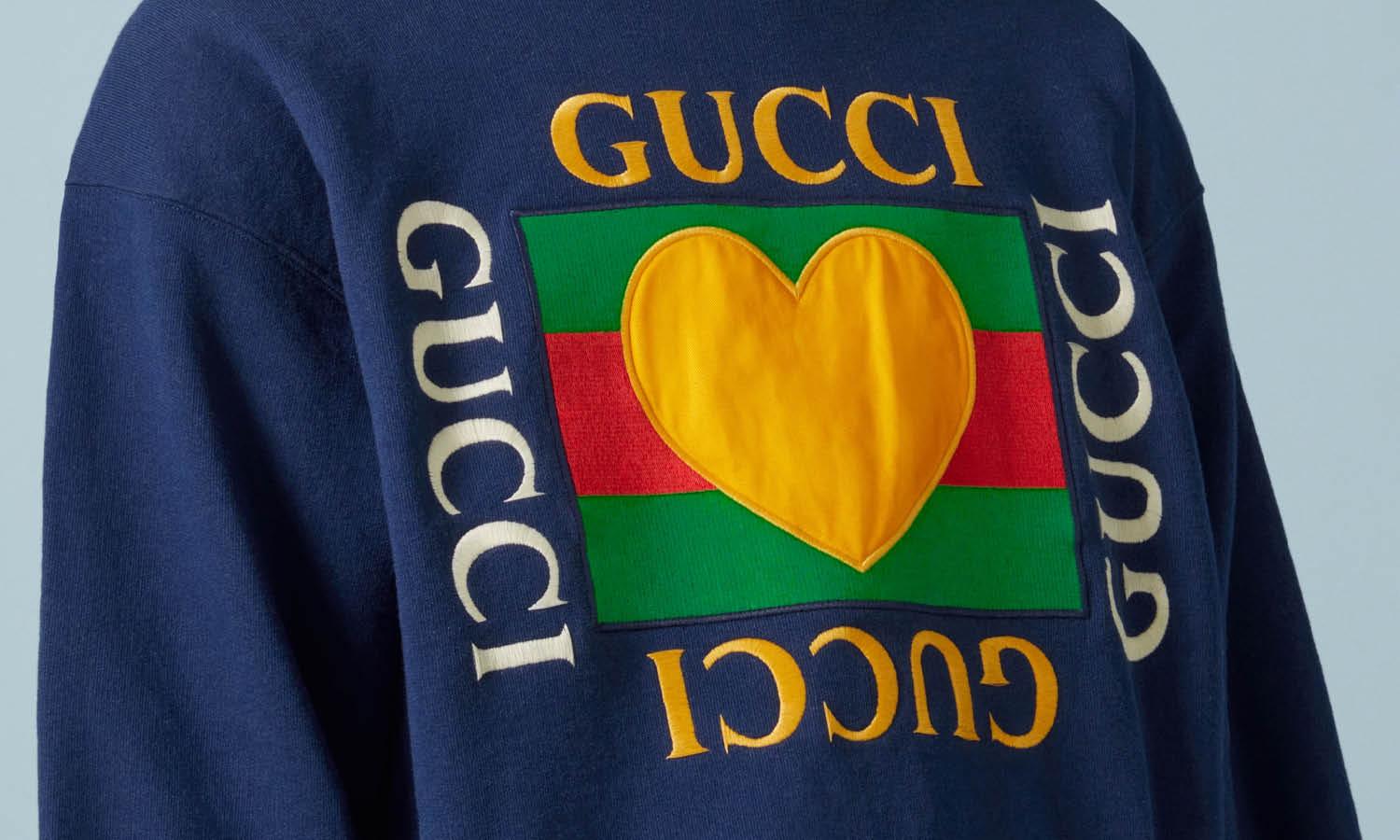
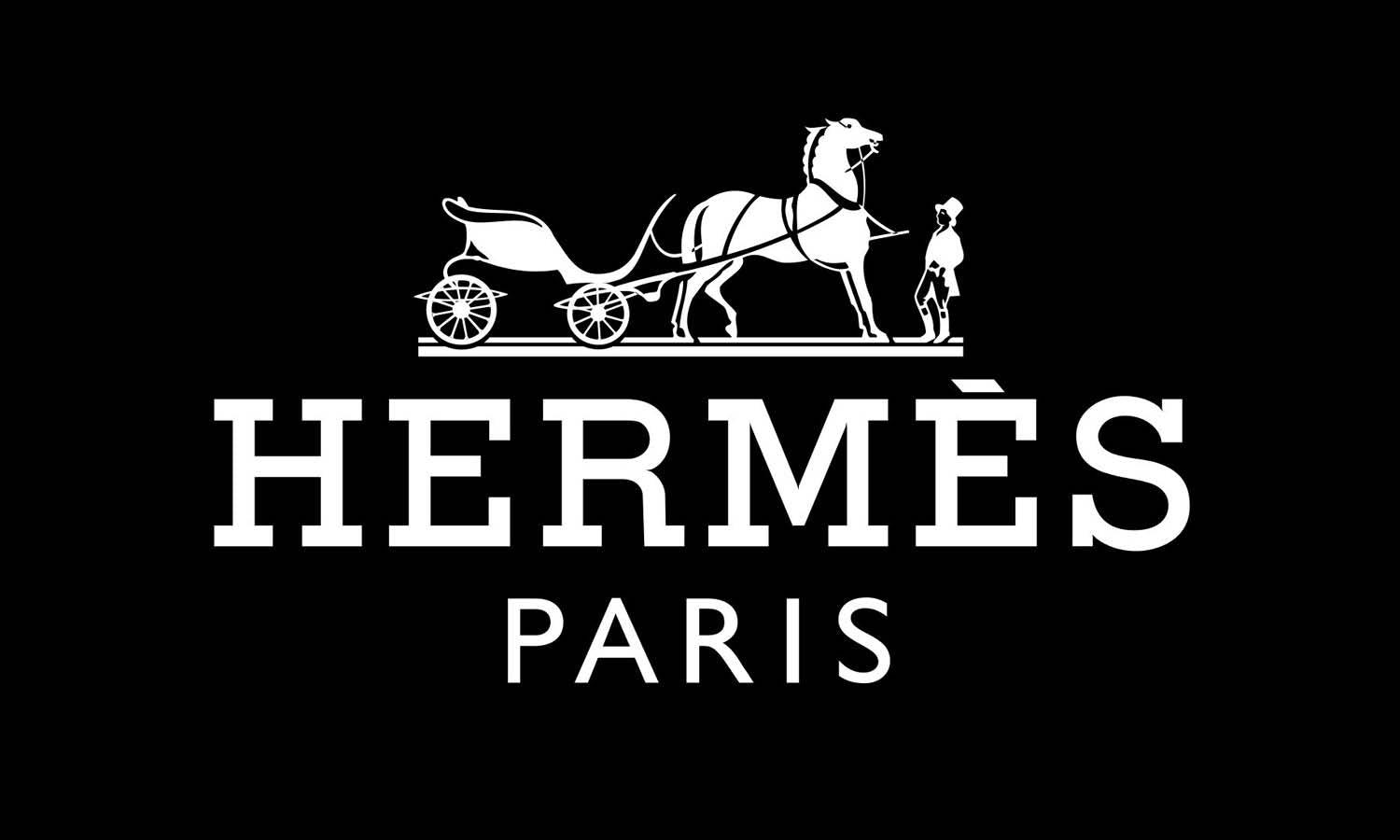
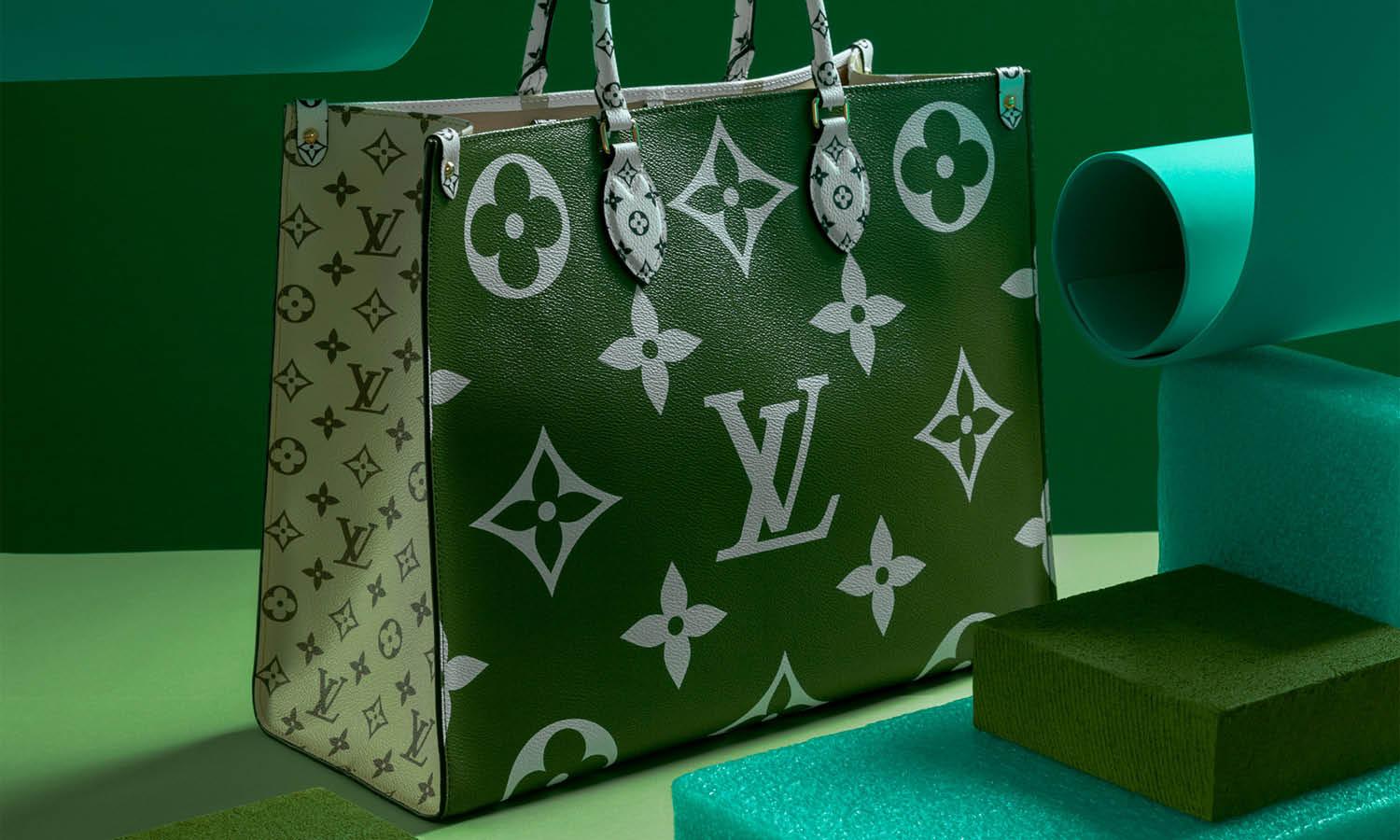
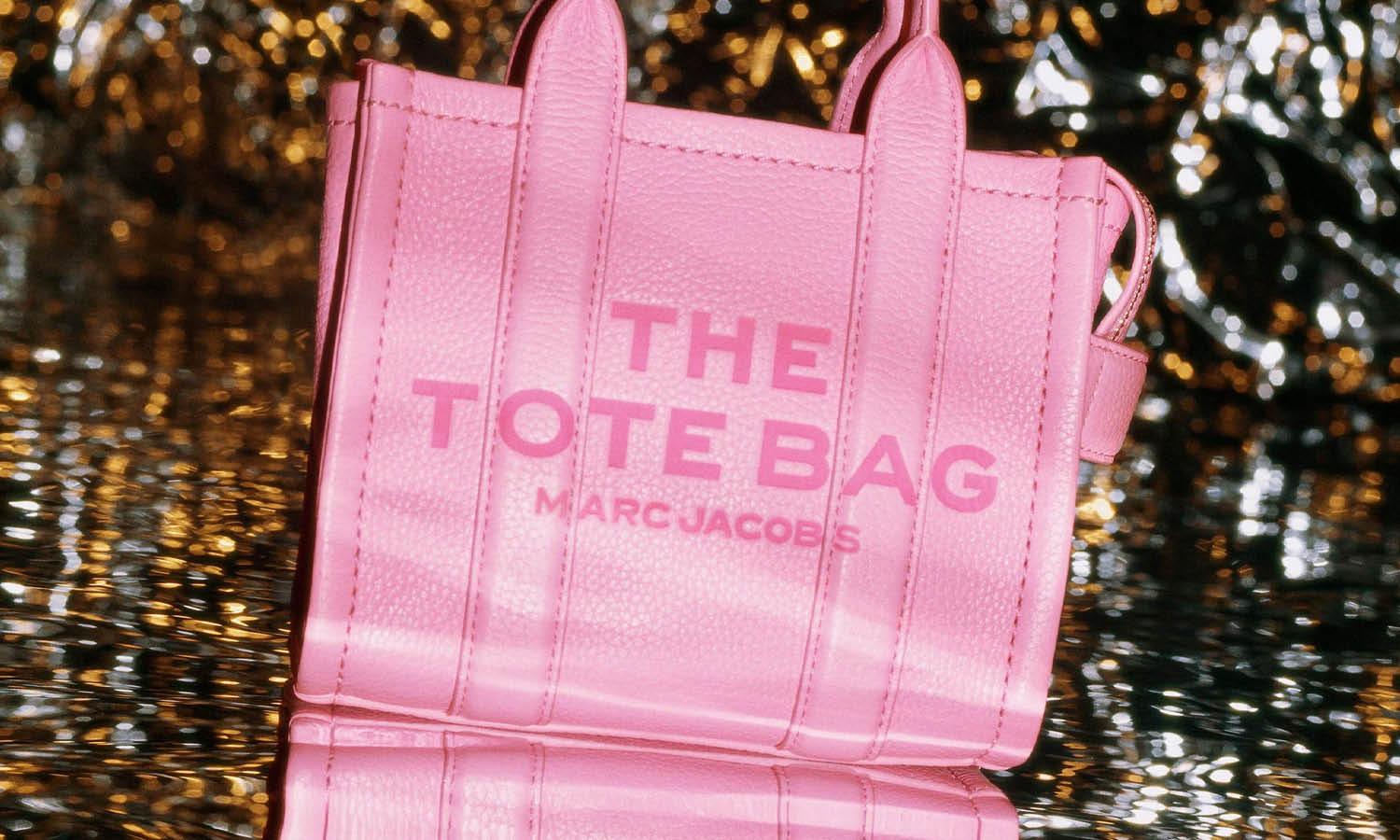
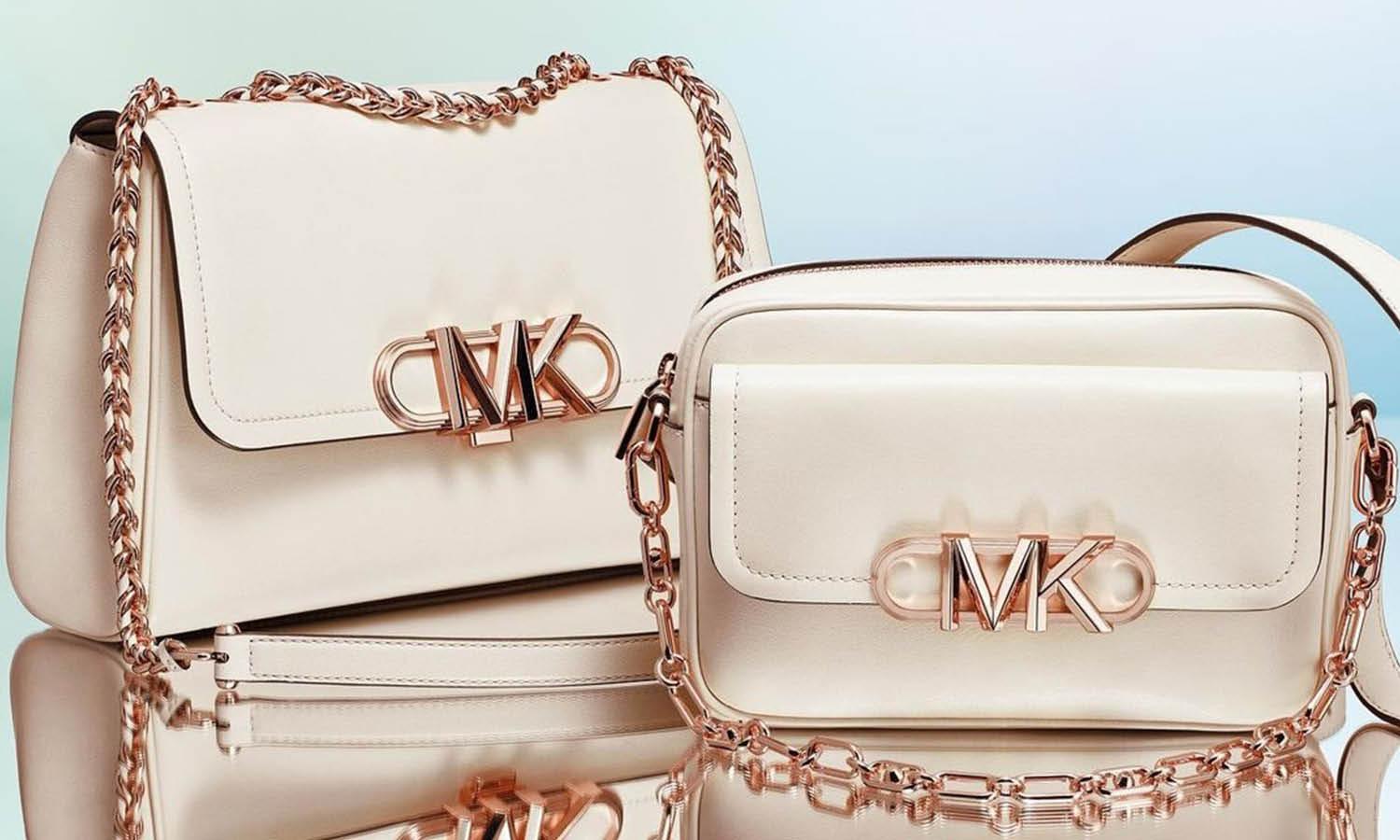
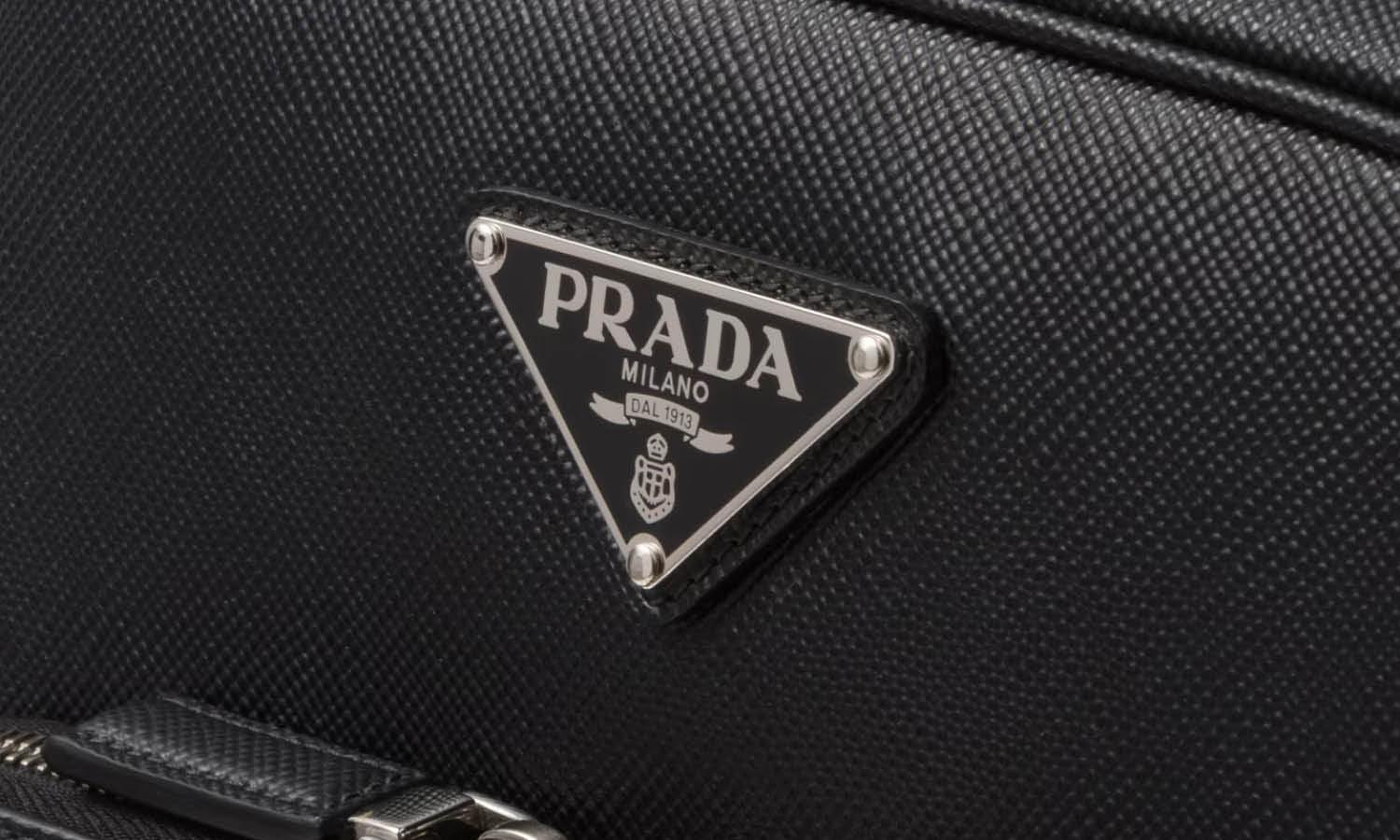








Leave a Comment